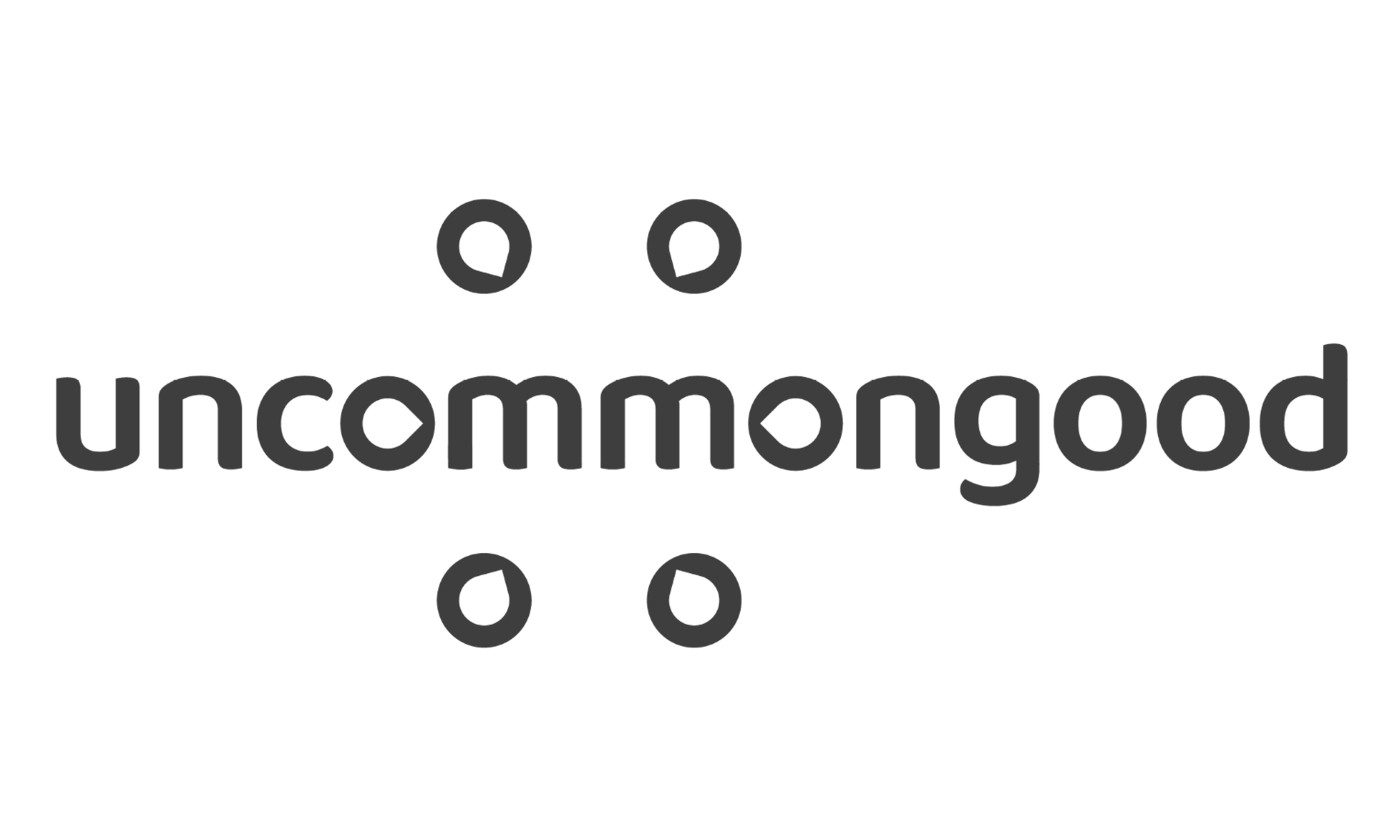No conversation about nonprofit marketing and graphic design is complete without branding. To maintain an appealing and consistent brand, it helps if you have specific elements in place.
Your branding doesn’t have to be static – it can be dynamic and nuanced. Branding refers to the specific actions you take to convey your organization’s “personality” and to differentiate yourself. That isn’t the textbook definition, but we hope it helps you think of branding holistically.
These are the eight elements you’ll need to create a strong brand for your nonprofit organization both online and offline.
1. Logo
Many people use the term “branding” to describe their logo. While a logo is important, establishing a brand goes deeper.
A logo is a symbol that people can easily recognize and associate with your brand. It is simple enough that it serves as a “shorthand” identifier. Whether it is on letterhead, social media, or an advertisement, your constituents will immediately recognize it once they become familiar with the image.
You’ll use your logo across all channels so some brands and nonprofits commission a few different logo variations they can use for different designs and purposes. For example, they may have a full-color version as well as an all-white logo or an all-black version of the logo for black and white content or watermarks.
2. Color Palette
Identifying a consistent color palette frees you up to be creative while still maintaining a cohesive brand. The colors should include those in your logo and coordinate well with it. Colors can subtly convey emotion but responses may vary by the individual and by the culture.
Once you identify your colors, you will need the RGB and Hexadecimal code so you can easily incorporate those colors online in any online or offline content. Google offers a free tool to identify these codes and there are also tools online that can identify the colors and codes in a photo you upload.
3. Font Combinations
Identifying and using specific fonts helps further reinforce your brand identity while remaining consistent. Google and Adobe offer a database of fonts as well as other free font sites.
4. Tone/ Style
The tone/style of your brand’s writing and content should reflect your brand’s persona and align with your mission and audience. For example, a children’s summer program may need a kid-friendly, fun, and approachable persona with simple language. All of their branding, from word choices to the colors they use, should support that “personality.”
Successful branding comes from within. Ask yourself:
- Who do you serve? Who does your organization benefit from?
- What is your mission? What does your organization want to accomplish?
- Who do you need to reach? Sometimes you need to market your organization to people other than your service users. This is one of the unique aspects of nonprofit marketing.
- What values do you need to convey?
5. The Story You Want to Tell
Adding on to the persona, consider your key messages and the story you need to tell. Storytelling is such a big part of the human experience and it also happens to be essential to effective marketing and branding.
6. Supporting Visual Elements
Once you identify the message, story, and tone you want to convey, develop visuals to support those stories and messages. If your organization runs a food bank, you may want to incorporate storytelling without imposing on your users’ dignity and privacy. You could create scenarios that represent your typical service users’ background and needs. Then you could commission original illustrations or a series of photographs that convey different aspects of their stories. These images support your story, your brand, and your organization.
Other organizations may be able to leverage user-submitted media. For example, if you have an event like a race, you may find that participants are happy to share selfies and other photographs to demonstrate their involvement.
7. Catchphrases or Slogans
Branding goes deeper than just the visual media. Short slogans, catchphrases, tag lines, or even keywords can help in a few ways. They add the words for your graphics elements, they serve as a quick elevator pitch, and they help focus your message.
Be aware that overusing catchphrases can make your brand feel stale or insincere, especially if the phrase doesn’t match your organization’s current personality and mission. However, a couple of well-crafted phrases are highly effective which is why advertising professionals spend so much time brainstorming and refining them for their clients.
8. An Organizational System
It is easy to maintain consistent and engaging branding if the guidelines and assets are readily available to everyone who needs them. Many enterprise businesses have branding guideline documents, brand kits, and media kits prepackaged together and available to your staff, board members, volunteers, the media, funders, and partners. These files contain different versions of the logo, fonts, color palette, and any original media or assets like videos, photographs, etc.
Organizing your branding elements and marketing tactics can be a challenge. Fortunately, a nonprofit productivity platform like UncommonGood makes it easy. Save time and valuable resources by formally defining your organization’s brand and organizing the assets. UncommonGood has also created a guide to help you develop a cohesive brand and marketing plan.




